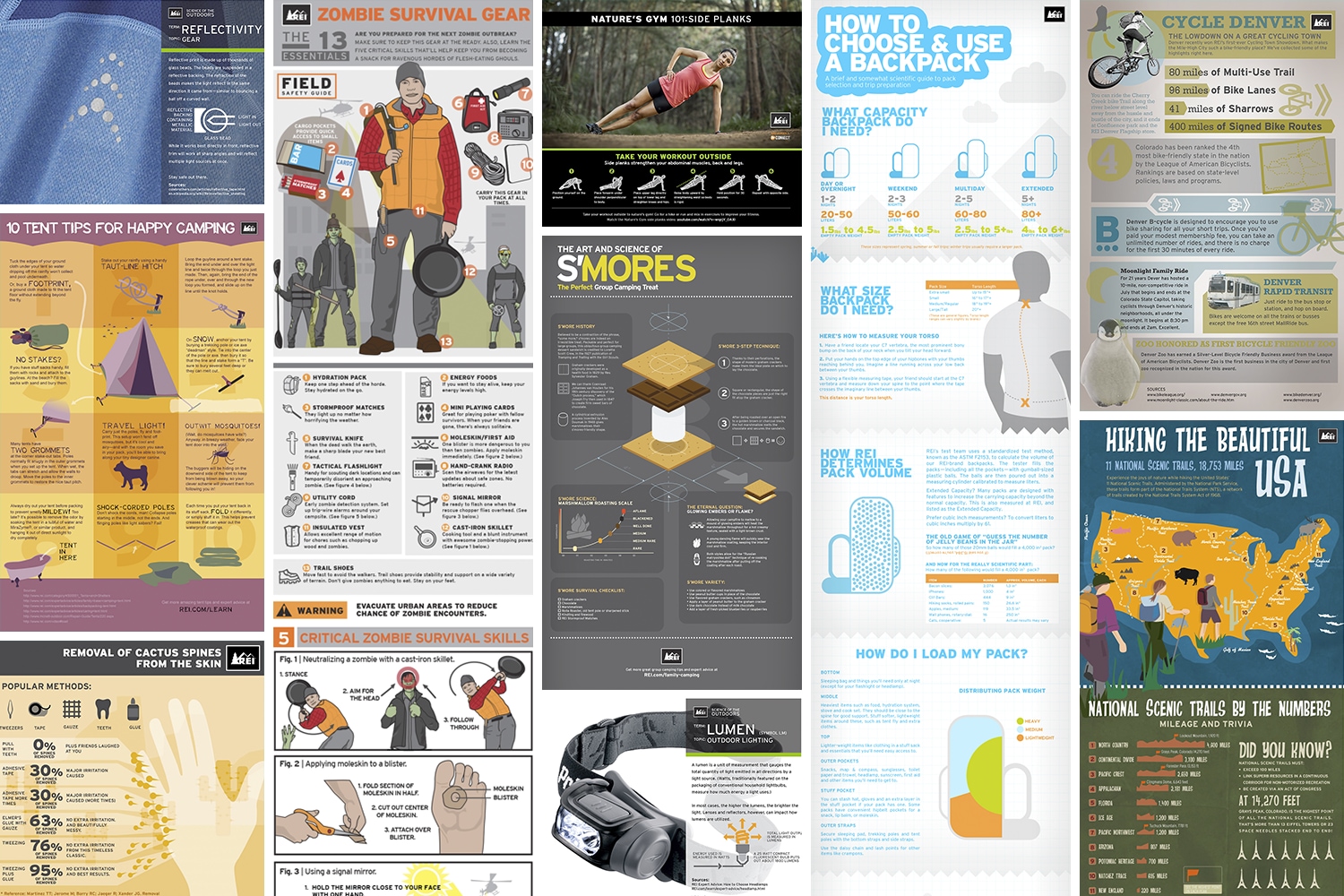Rainfall flies are an essential accessory for wall camping tents. They boost the capacity of an outdoor tents to protect campers from extreme weather while supplying included convenience and longevity.
Routine cleaning of a rainfall fly keeps mud, mildew, and particles from ruining it. Additionally, guaranteeing the correct tension of a rainfly stops it from sagging and permitting water to collect beneath.
Weather Resistant Materials
The product used in building and construction projects can impact the long life and sturdiness of the task. Choosing weather-resistant products helps reduce maintenance prices and saves resources for future fixing and replacement.
Timber may not be the very first product that comes to mind when talking about climate resistance, but it is extremely sturdy when correctly treated with chemicals. Cedar, redwood, and teak wood are examples of normally rot-resistant timbers used to make a range of exterior furniture and structures.
High-performance canvas wall surface outdoors tents are designed to withstand dampness and keep campers comfortable. It is very important to tidy canvas and tents frequently to get rid of dirt, mud, and dust. It is likewise vital to rinse any residue from the canvas camping tent prior to storing it away for use. Prevent utilizing bleach, as it damages the water-resistance therapy and makes the tent much more prone to leak. Alternatively, a soft brush and a hose pipe can be utilized to completely scrub the canvas outdoor tents and wash it off with water until it is fully saturated.
UV Exposure
Unless a camping tent is made from UV-resistant textile, long term exposure to sunlight will cause it to break down. This holds true of all textiles, yet it's specifically pronounced for tents and canvas structures because of how much they're utilized in outside setups. UV radiation can create dyes to break down, bring about a loss of shade vibrancy.
A rainfly shields wall surface tents from these harmful UV rays by reflecting them before they can penetrate the structure and reach your skin. It is essential to select a rainfly with a UPF score of 50 or higher to get ideal UV security.
A rainfly likewise assists control the temperature inside a camping tent depending upon the season. A lighter rainfly can keep tents from absorbing too much heat in the summer, rainfly while a heavier rainfall fly can aid protect against warmth from running away the outdoor tents throughout chillier months. In either situation, these extra layers of insulation can considerably extend a tent's lifespan.
Moisture Damages
Canvas outdoors tents are relatively long lasting and can last 15-30 years with thorough care, but even one of the most high-performance canvas is not unsusceptible rainstorms. A rain fly or fly sheet adds a layer of protection for the roof covering of your canvas outdoor tents and assists avoid moisture damage.
Condensation, mold and mildew, and mold are not only unpleasant, but they can additionally ruin the structural integrity of your canvas tent. Protecting against these issues is simple, but it requires thorough treatment and attention to detail.
Make it a behavior to check your tent in the morning and get rid of any type of natural condensation, dew, or snow that has actually collected on the surface. Afterward, make certain to spread your camping tent out in an open area and make use of a soft brush to scrub away any type of mold and mold that has formed. As soon as you have removed the influenced locations, re-treat the tent with a mold and mildew killer solution and wash it completely to prevent any type of future infestations.
Dampness Accumulation
While normal, condensation can damage products if left unattended. Fortunately, aggressive approaches like cleaning surface areas and airing out camping tents decrease condensation' effect.
Camping tent fabric, climate problems and usage patterns add to condensation levels. Sailcloth, for instance, resists water vapor evaporation and often tends to present beaded beads quicker than polyester or nylon alternatives. Comprehending this difference educates exactly how tent owners take care of condensation.
Passenger's breathed out breath and wet garments and equipment spike humidity levels. An absence of ventilation strategies enables wetness to condense when warm indoor air satisfies cooler surface temperature levels. This cycle enhances on humid evenings or when a tent is placed in low places. Checking and wiping tent surface areas promptly after cooling down encourages dampness to disperse prior to harmful fabrics or creating mold and mildew. Localized air movement, such as guiding a fan towards joints, further help the process. Acknowledging the most prone areas of a camping tent, like high ridges and edges, assists campers simplify their wetness monitoring routines.
